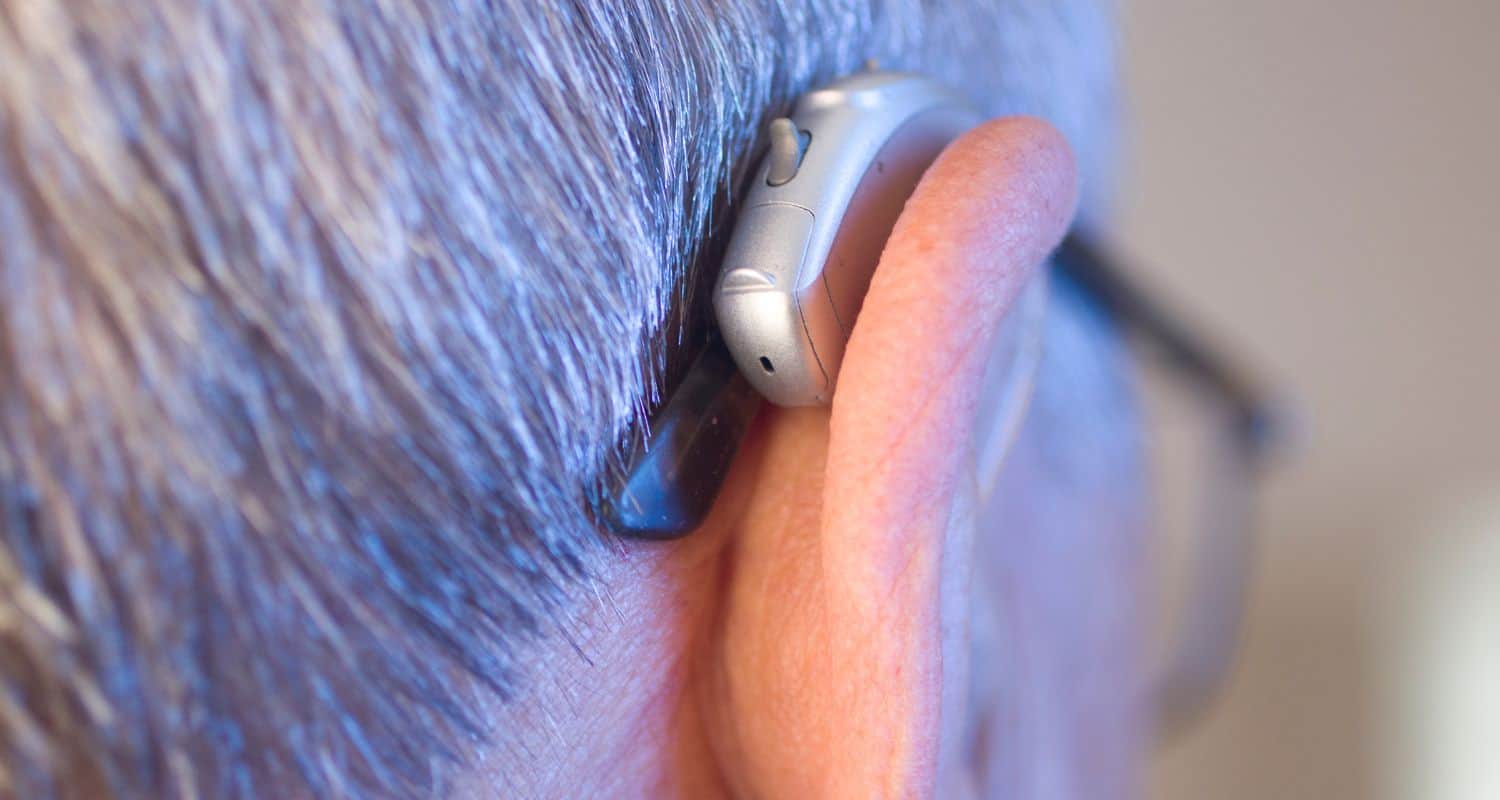
- Tips for Veterans Dealing With Hearing Loss - April 25, 2024
- How to Properly Clean Your Hearing Aids - April 15, 2024
- How to Handle Ear Infections With Hearing Aids - April 5, 2024
Hearing aids have come a long way from the awkward, feedback prone devices your parents or grandparents used to wear. Today’s hearing aids use digital technology to not only offer superior sound quality, but to improve every aspect about how hearing-impaired people communicate. It’s all too often to put off addressing a hearing loss, even when people know they have a problem. Part of the issue is that people don’t realize how enjoyable and user-friendly hearing aids have become. Find out about all the newest features hearing aids today have to offer. Here are just a few:
Bluetooth compatibility
Bluetooth technology is a wireless connectivity, using radiowaves in the place of wires. It can be programed to connect to your smartphone, your stereo or your TV with ease. This can help to elimate distracting background noise when you are talking on the phone, following GPS directions while driving, listening to your favorite music, media or TV program. Enjoy your media with improved audio qualtiy as Bluetooth technology actively improves the signal-to-noise ratio and eliminating feedback from the microphone, by bypassing it all together.
Artificial Intelligence
We all thought of Artificial intelligence in the forms of robots but who knew it would go right to our ears? One of the newest and most premium features offered in hearing aid technology is the ability to learn your preferred settings in different listening environments and automatically switch to them. By detecting GPS location, your hearing aids are enabled to log volume control settings and program preferences in environments you frequent. In these environments you may not even notice, for the best, as your hearing aids adapt automatically to support optimal hearing in the places you spend the most time.
Apps, Apps, Apps!
Along with Bluetooth compatability comes the abilty to connect to your smartphone and control your hearing aids using apps. This allows the user to make adjustments, contact their hearing care provider, and monitor battery life via their smartphone. In addition many of these apps double as an assistive listening device, routing phone calls or other sources of sounds directly to a user’s hearing aids. Some advanced features include talk to text and even real time translation in different languages.
Rechargeable Batteries
Remember when you had to change the battery on your hearing aid every three days or even less? This was particularly an issue for those with dexterity issues who struggled with tiny latches holding battery doors and tiny silver battery discs. Today, the majority of hearing aids feature rechargeable batteries. Aside from eliminating the need to regularly switch out the battery, rechargeable hearing aids can be recharged at night while resting so they are ready to go with full power all day long.
Tinnitus Masking Features
A common condition which accompanies hearing loss is tinnitus – a ringing in the ears, which can interrupt sleep, make it hard to concentrate and instigate stress. While there is no cure for tinnitus one of the most common treatments for it is masking the buzzing and distracting sound. Many of the most advanced hearing aids offer tinnitus maksing features which cover the sound and allow you to concentrate all through the day at the taks at hand.
Waterproof Design
For those who like to stay active are likely to come in contact with water at some point. Water is any electronics worst nightmare, posing a threat to the circuits and causing permanent damage. While there are quite a few hearing aids which offer water resistance, now Phonak offers a 100% waterproof design which claims it can be submerged in up to two feet of water. Enjoy a reduction in stress with water resistance in your hearing aids so you don’t have to stress, the next time you get caught in the rain or accidently step into the shower wearing your hearing aids.
Telecoil
A telecoil or toil is a wireless feature that picks up electromagnetic signals from compatible telephones or looped rooms and is ideal for reciveing amplified sound in a public setting delivered directly to your ears. A telecoil enabled device requires you to simply switch to T-coil setting to have public sound at an auditorium, church, concert hall, bank or train station, delivered clearly to your ears.
To find out about the vast world that hearing aids continue to offer, contact us today!
